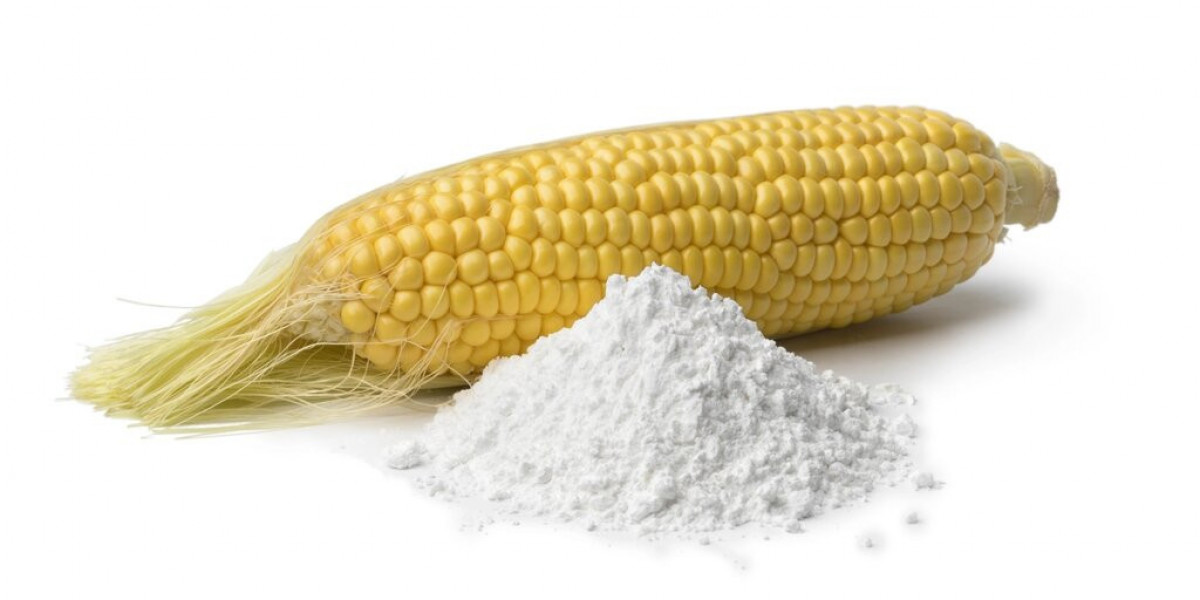As demand surges for clean-label, minimally processed ingredients, native starch has carved out a pivotal role across food, pharmaceutical, personal care, and industrial applications. However, with increased adoption comes greater scrutiny. Buyers and end-users expect consistent performance, traceable sourcing, and compliance with stringent safety regulations. This has made quality assurance not just a technical requirement but a competitive differentiator in the native starch market.
Lets explore how implementing robust quality standards ensures product reliability, fosters trust, and empowers native starch producers to meet global expectations.
Why Quality Assurance Is Crucial in the Native Starch Market
Unlike modified starches, native starch is unaltered chemically. Its natural purity is its strength but also its vulnerability. Variability in crop quality, regional sourcing, storage conditions, and processing methods can all impact the final products:
Viscosity
Moisture content
Microbial safety
Color, odor, and taste
Functional performance under heat or pH changes
Without consistent quality assurance (QA) systems in place, producers risk delivering inconsistent batches, which can lead to product recalls, brand damage, or the loss of key clients in highly regulated sectors like pharmaceuticals and infant nutrition.
Core Components of an Effective Quality Assurance System
1. Raw Material Sourcing and Traceability
Quality begins at the farm. Establishing direct relationships with growers or cooperatives allows for better control over:
Crop variety selection
Pesticide and fertilizer usage
Harvest timing and handling practices
Traceability systems, including digital tracking and batch coding, ensure that every shipment of starch can be traced back to its origin, which is critical for safety audits and regulatory compliance.
2. Processing Control and Standardization
Processing variables such as drying temperature, extraction time, and water purity must be tightly managed to ensure starch granules retain their structure and desired properties. QA protocols often include:
Calibration of equipment
In-process sampling and testing
Standard operating procedures (SOPs) for each stage
Consistency in production directly impacts shelf life, stability, and performance in various applications.
3. Microbial and Chemical Safety Testing
Particularly for food-grade and pharmaceutical-grade starches, microbial contamination is a major concern. QA labs routinely test for:
Total plate counts
Yeasts and molds
Pathogens like Salmonella or E. coli
Chemical residue tests for heavy metals, pesticides, and mycotoxins also ensure compliance with health regulations across different countries.
4. Moisture and Granule Size Analysis
High moisture levels can lead to mold growth or product clumping during transit. Particle size distribution affects the starchs behavior in emulsions, gels, or powders. Both are routinely monitored as part of release specifications.
Global Standards and Certifications in Practice
Exporters and large-scale producers often adhere to internationally recognized certifications, including:
ISO 22000 / FSSC 22000 for food safety management
Good Manufacturing Practices (GMP) for pharmaceuticals
HACCP (Hazard Analysis and Critical Control Points) systems
BRCGS / SQF for retail and global brand approval
Organic / Non-GMO certification for specific consumer markets
Certifications not only demonstrate regulatory compliance but also build trust with buyers who depend on third-party verification of safety and quality standards.
Digitalization in Quality Control
The adoption of digital tools is helping modern starch producers enhance QA through:
Real-time monitoring of production metrics
Automated data logging for audits and recalls
AI-assisted analysis of quality trends and anomalies
Digitalization enables quicker response to quality issues, predictive maintenance of equipment, and stronger documentation for compliance.
Training and Human Oversight
Even with automation, human oversight remains critical. Regular training for QA teams ensures they understand both the science and the operational nuances of starch quality. Cross-functional communication between procurement, production, and quality departments is essential for a fully integrated QA framework.
Addressing Market-Specific Requirements
Different regions have varying safety and labeling expectations. For example:
EU requires tight pesticide and allergen control, along with traceability.
US FDA expects GRAS (Generally Recognized As Safe) status and labeling accuracy.
Asian markets often look for halal, kosher, or vegetarian assurances depending on consumer demographics.
Customizing QA systems to align with destination market regulations ensures smoother export processes and stronger client relationships.
Conclusion
Quality assurance is the backbone of the native starch industry, ensuring that products are not only functional but also safe, consistent, and trusted. As native starch moves into more sensitive applications and higher-value markets, producers who invest in strong QA systems complete with global certifications, advanced testing, and transparent traceability will stand out.
In a market where "natural" no longer means "uncontrolled," quality assurance is the silent promise every bag of starch makes and delivering on that promise is the key to long-term success.
Read more https://www.pristinemarketinsights.com/native-starch-market-report










